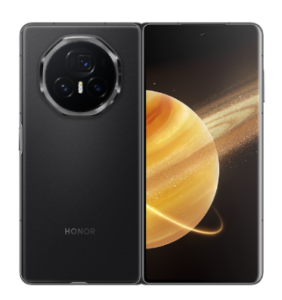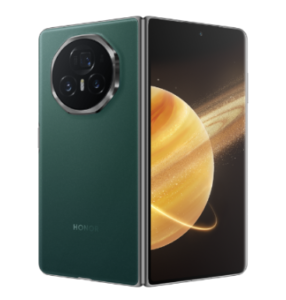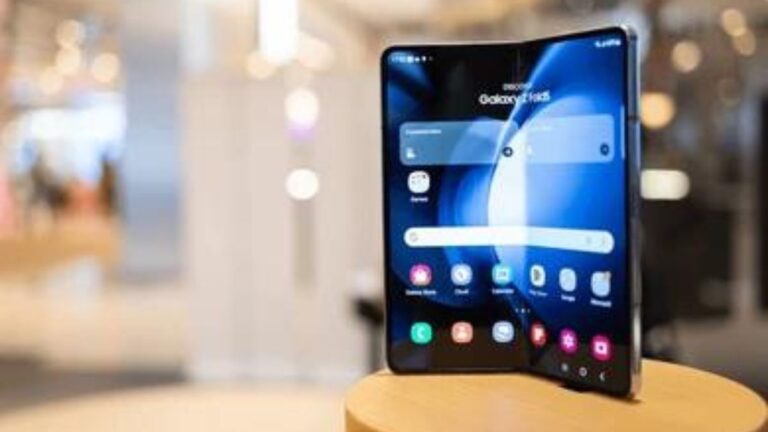The world of mobile technology is experiencing a transformative shift with the advent of folding smartphone displays. This innovation is redefining how we interact with our devices, offering unprecedented flexibility and convenience. As the technology continues to evolve, it brings with it a wave of new possibilities and challenges. Manufacturers are racing to perfect their designs, pushing the boundaries of what smartphones can do. In this blog, we will explore the latest innovations in folding smartphone displays, understand how they work, delve into the challenges faced by manufacturers, and predict what the future holds for this exciting technology. Let’s dive into the fascinating world of folding smartphone displays and see what’s next on the horizon.

What Are the Latest Innovations in Folding Smartphone Displays?
Folding smartphone displays have come a long way since their inception. Recent innovations have focused on improving durability, flexibility, and overall user experience.
New Materials and Technologies
Manufacturers are experimenting with new materials to enhance the durability and flexibility of folding displays. Advanced polymers and hybrid materials are being developed to withstand repeated folding and unfolding without degrading the display quality. Companies like Samsung and Huawei are leading the charge with their proprietary technologies, incorporating ultra-thin glass that offers a smooth and resilient surface. These innovations not only make the displays more durable but also improve the touch sensitivity and overall user experience. The use of these materials marks a significant step forward in making folding smartphones a practical and reliable option for consumers.
Enhanced Durability and Flexibility
Durability has been a major concern for folding smartphones, but recent advancements are addressing these issues. Enhanced hinge mechanisms and reinforced display layers are key innovations in this area. Companies are designing hinges that distribute stress evenly across the display, reducing the likelihood of damage. Additionally, manufacturers are using multiple layers of protective films to safeguard the display from scratches and impacts. These improvements are crucial in making folding smartphones more robust and reliable for everyday use. As a result, users can expect longer-lasting devices that maintain their performance and aesthetics over time.
How Do Folding Smartphone Displays Work?
Understanding the mechanics behind folding smartphone displays is essential to appreciate the technology’s sophistication.
The Mechanics Behind the Fold
The core of folding smartphone technology lies in the flexible display, which can bend without breaking. This is achieved through the use of flexible OLED (Organic Light Emitting Diode) panels. These panels are made from organic compounds that emit light when an electric current is applied. The flexibility is further enhanced by using plastic substrates instead of traditional glass. The display is designed to fold along a hinge mechanism that allows the device to open and close seamlessly. This hinge is engineered to support thousands of folds, ensuring that the device can withstand the rigors of daily use.
Key Components and Their Functions
Several key components work together to make folding smartphones functional. The flexible OLED panel is the most critical component, providing the display with its bendable properties. The hinge mechanism is another crucial part, designed to provide smooth folding action while protecting the display. Additionally, advanced adhesives and protective films are used to hold the display layers together and protect them from damage. Each component plays a vital role in ensuring the durability and functionality of the folding smartphone. As manufacturers continue to innovate, we can expect even more refined and reliable components in future devices.
What Challenges Do Manufacturers Face?
Despite the impressive advancements, manufacturers face several challenges in perfecting folding smartphone displays.

Balancing Innovation and Usability
One of the biggest challenges is balancing innovation with usability. While folding displays offer numerous benefits, they must also provide a seamless user experience. This includes ensuring that the display maintains its quality after repeated folding, and that the device is comfortable to use in both its folded and unfolded states. Manufacturers must also consider the weight and thickness of the device, as adding more layers for durability can make the phone bulkier. Striking the right balance between innovation and practicality is essential for the widespread adoption of folding smartphones.
Overcoming Technical Hurdles
Technical hurdles such as display creasing and durability issues remain significant challenges. Display creasing occurs when the fold leaves a visible mark on the screen, affecting the visual experience. Manufacturers are developing new technologies to minimize or eliminate these creases. Additionally, ensuring long-term durability is a complex task, as the display must withstand thousands of folds without degrading. Advances in material science and engineering are critical to overcoming these hurdles. By addressing these technical challenges, manufacturers can improve the reliability and appeal of folding smartphones.
What’s Next for Folding Smartphone Displays?
The future of folding smartphone displays looks promising, with several exciting developments on the horizon.
Predictions for Future Developments
Future developments in folding smartphone displays will likely focus on improving display quality and durability. One area of innovation is the integration of more advanced materials that can offer greater flexibility and resilience. Additionally, we can expect to see enhancements in display resolution and color accuracy, providing users with an even better visual experience. Manufacturers are also exploring new form factors, such as rollable and stretchable displays, which could offer even more versatility and convenience. These advancements will continue to push the boundaries of what folding smartphones can achieve.
Potential Applications Beyond Smartphones
Folding display technology has the potential to extend beyond smartphones. Tablets and laptops with foldable screens could provide greater portability and versatility, transforming how we use these devices. Wearable technology, such as foldable smartwatches, could also benefit from this innovation, offering more compact and flexible designs. Additionally, folding displays could be used in various industrial and commercial applications, such as foldable signage and displays for retail and advertising. The possibilities are vast, and as the technology matures, we can expect to see its adoption in a wide range of products and industries.
Conclusion
Folding smartphone displays represent a significant leap forward in mobile technology. With continuous innovations in materials and design, these devices are becoming more durable and user-friendly. While challenges remain, manufacturers are making great strides in overcoming technical hurdles and enhancing the user experience. The future of folding displays is bright, with potential applications extending beyond smartphones to other devices and industries. As technology advances, folding smartphones are poised to become a mainstream choice for consumers seeking cutting-edge innovation and versatility. For those interested in exploring the latest models, the HONOR Magic V3 price offers a glimpse into the exciting future of folding smartphones.
